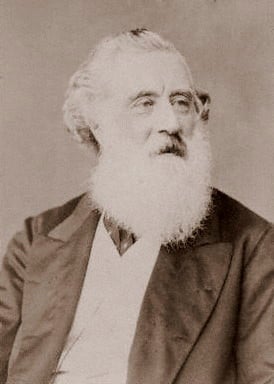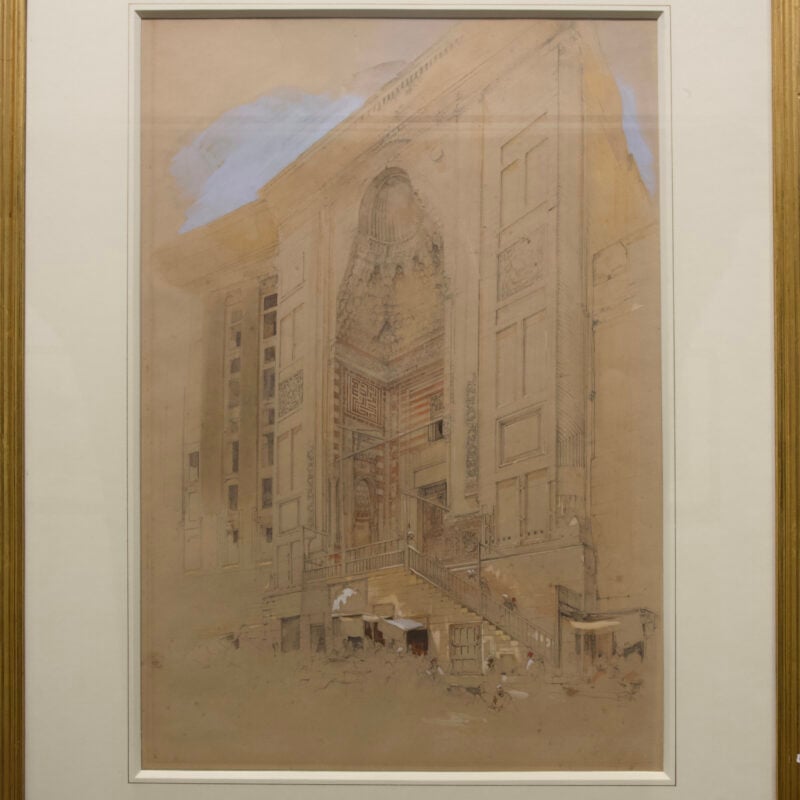
JOHN FREDERICK LEWIS
John Frederick Lewis (1804-1876) was born in London in 1804 to Frederick Christian Lewis, a skilled engraver and landscape painter, from whom he inherited a passion for art.
Lewis’ artistic training began early, influenced in part by the presence in the family of artists such as Charles Lewis, a well-known bookbinder and John’s uncle, and his younger brothers, Frederick Christian and Charles George, both of whom were involved in the art world.
The departure from his family background occurs, however, with travel. In 1827, at the age of twenty-three, he embarked on a journey across Europe, beginning to experiment with watercolor painting. Later, between 1832 and 1834, he ventured to Spain and Morocco, producing a series of drawings that he would turn into lithographs. These travels inspired many of his works, such as “Sketches and Drawings of the Alhambra” and “Lewis’s Sketches of Spain and the Spanish Character.”
During his stay in the East, Lewis became an emblematic figure for British artists of the time. He lived in Cairo between 1841 and 1851, immersed in a luxurious life, often portraying scenes of daily life and local landscapes. His home became a perfect set for his works, and he was often visited by distinguished figures such as William Makepeace Thackeray.
Back in England, Lewis continued to paint, creating a series of works inspired by his travels in Egypt. In 1850, one of his watercolors entitled The Hareem is a great success in London, earning the admiration of John Ruskin.
In 1859 he became an associate member of the Royal Academy, and in 1865 he became a full member.
Toward the end of his life, Lewis continued to paint and exhibit his work, but in 1873 his health began to decline. He died in 1876, leaving behind an artistic legacy that, after being largely forgotten for decades, became extremely valued and expensive beginning in the 1870s.


